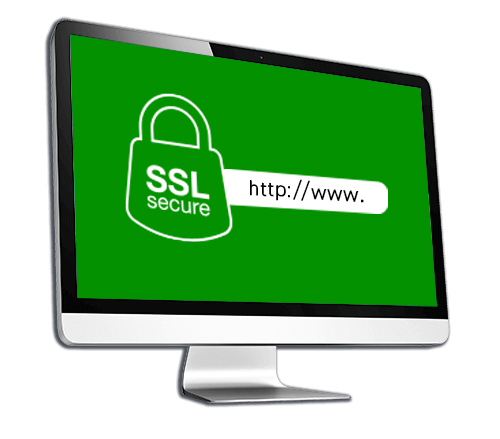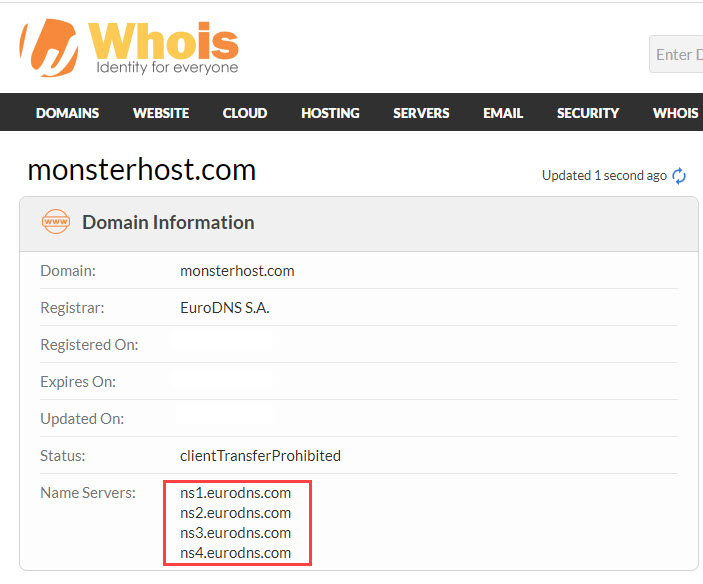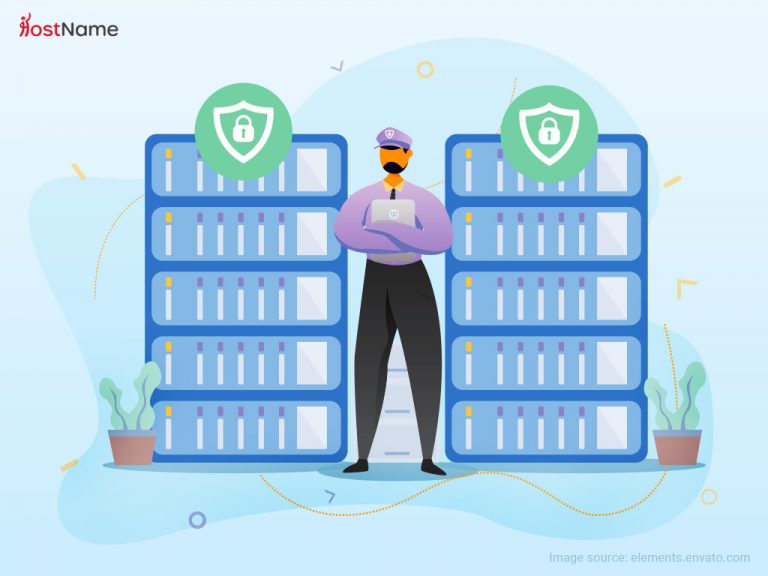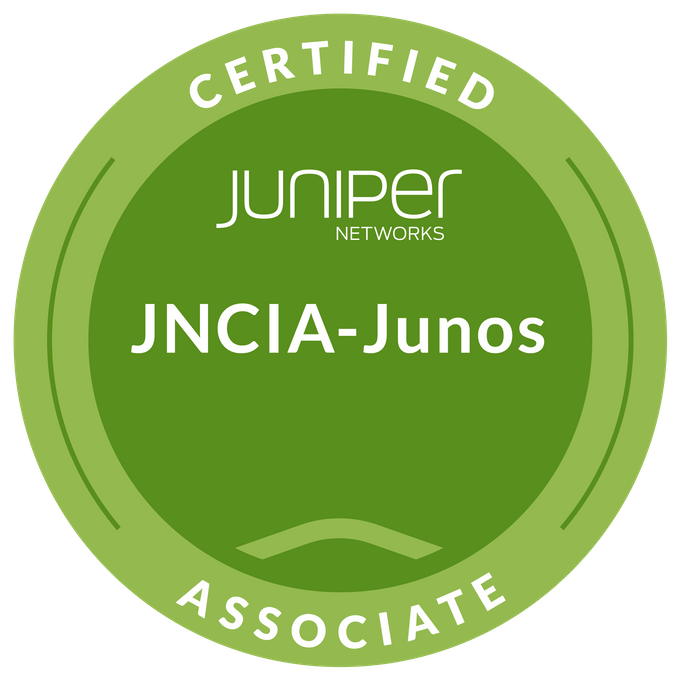Last updated: Apr, 2024
A secure website is vital to your online success. Cybercriminals are everywhere, they make a living by stealing personal data from unsuspecting website owners. Data is a very valuable asset. So valuable that it is like gold or to put another way, the backbone of our world. Likewise, we disperse like a circuit that channels electricity. No wonder, cybercriminals target websites to steal or sell sensitive data for fraud and other malicious deeds.
We can’t stress how important cyber security ought to be for websites owners. Don’t fall victim to hackers increase your websites security today. To help, we’ve curated a comprehensive list of top cyber security tips for 2024. We will cover:
- Types Of Attacks that websites face.
- Our Top 10 Tips For A Secure Website.
Most Common Types of Cyber attacks in 2024
DDoS Attacks
DDoS stands for Denial of Service Attack. A DDoS cyber attack aims to flood your websites server with a large amount of traffic. Web server will attempt to process this large amount of data. During the DDoS attack visitors will be unable to access the site as the server is unresponsive. This will result in downtime for your website. Any user attempting to load webpages will be unsuccessful.
Brute Force
Cyber criminals may attempt to brute-force your login credentials. To brute-force cyber criminals use custom programs designed to guess login credentials. The programs cycle through a list with usernames and passwords trying thousands of different combinations. Once the application cracks the Username and Password combinations the hacker will have access to your server. Your login credentials maybe sold to other cyber criminals. This might seem alarming but it is a harsh reality.
Malware
Malware can wreak havoc on your website. So what exactly is malware? This is a piece of code, designed specifically for malicious purposes. It can manifest in the form of viruses, Trojans or worms. As a matter of fact, malware can be used to trick your server into sending data, deleting data or worse yet your data could become encrypted. Ransomware encrypts your data giving you a limited amount of time to pay blackmail before files are deleting. As mentioned earlier malware can also take the form of worms. Worms pose a major threat as they can spread to your visitors computers.
Injection
Hackers can inject code in a number of ways. In actuality injection is the process of uploading code to a website without the owner’s consent. Take for example, the common form of submitting text via text boxes such as comments, search bars or support tickets. Depending on the code injected, the hacker could steal or delete files. This is also something all website owners must be weary of. By restricting access to your passwords, investing in a great website monitoring tools and to using a reliable firewall you can block and filter malicious data.
Cross-Site Scripting
Cross-site scripting provides multiple benefits however, if setup incorrectly leaves your website vulnerable. A career cyber criminal can hijack traffic during transit; a hacker may edit the traffic before sending it to the original destination. Unfortunately, servers unknowingly process data it receives – even manipulated ones. With that said, website security must be priority for every small business. Having the right website security tools and competent personnel in place you can thwart these looming cyber threats.
Top 10 Tips For A More Secured Website
1. Ensure you have an SSL Certificate enabled

Prevent virtual criminals hijacking data during transit using a SSL Certificate with https:// protocol enabled. It is highly recommended for websites handling personal data to invest in an SSL Certificate. The https:// protocol enables encryption, in the event data gets intercepted during transit encryption makes the data unreadable.
Encryption prevents the risk of hijacking when using cross-site scripting. A hacker is unable to read the data therefore cannot manipulate the data in order to commit a cyber attack. If sensitive/private data gets intercepted there is a possibility it may be used to commit fraud. If this occurs your business will be held liable for damages under the data protection act.
2. Update plugins and software
Get the most out of your web hosting experience using plugins and software. Plugins and software offer clients multiple features and functions they can use on their websites. It is important to ensure any plugins you use have active developers. Active developers push updates that improve the service while fixing security flaws. Hackers attempt to exploit security flaws in plugins and software to gain access to web servers.
Updating plugins and software when required ensures you are up to date with the latest security patches. Being updated increases your website security preventing hackers from exploiting security flaws in outdated plugins and software.
3. Remove unnecessary plugins to increase your website security
Prevent your website falling victim to a cyber attack by removing all unnecessary plugins. Using multiple plugins offers your website a range of features and functions. It is vital to remove plugins you no longer require. Plugins can contain security flaws which hackers attempt to exploit. Therefore, we recommend that you remove all plugins that are no longer in use. Remember, a secure website is one that only installs the plugins that it requires.
4. Enable automated backup’s
Data loss has a major impact on your website and businesses productivity. How Does Data loss impact my business? Well, it basically prevent data loss by enabling automated backups. In the event of data loss a website backup solution allows you to restore your website with ease getting you online in no time.
If your server becomes infected with malware simply rest and restore from a current backed up version of your site. This could be the fastest way to solve the problem at hand. Users who lack a backup solution will have to either remove the malware or recreate their website from scratch.
5. Monitor file and website security

Detecting malware before it can spread is the best way to prevent data being stolen or lost. Actively monitor your files and website security for any suspicious files. If a new unwanted file appears these could be a result of malware. Once you detect malware remove it as soon as possible to minimise damage. To detect malware in its early stages it is recommended to monitor your server files, if any suspicious files appear this can indicate your server could be infected with malware.
If your site is infected with malware resolve the issue fast before it results in data loss or data being stolen. Increase security by doing anti-virus scans on files before uploading them to your server. Any file can contain malware from pictures to text documents. Scanning for malware reduces the risk of infecting your server by mistake.
For overall website health and security using a reliable monitoring tool ensures your website is regularly checked.
6. Protect against DDOS and Brute-Force attempts
DDoS Attacks attempt to take down your website for a prolonged period of time resulting in downtime. How does downtime impact your website? Anyone with a Virtual Private Server can carry out DDoS attacks, this can be a hardcore hacker to a 12 year old kid. Either way a DDoS Attack will have a major impact on your website and businesses reputation.
Having security measures in place to prevent DDoS attacks before they occur is vital. Note however, that, reliable hosting providers offer DDoS protection for clients. So, review your Host’s website or ask their support team what level of protection is offered against these threats.
7. Update your username
Using generic usernames such as “Admin” or “myname” can pose a major security risk to your website. “Admin” is commonly used for Admin accounts therefore hackers will attempt to brute-force this username first. Make it harder for hackers to brute-force passwords by making them brute-force your username as well. Non-generic usernames increase your website security making accounts harder to access. In addition, make it a habit to change your usernames regularly to increase your overall security.
8. Use a password manager to generate passwords
Don’t create your own passwords use a password manager instead. Humans are great at remembering words and phrases therefore select these as their passwords. Hackers know this so use common words and phrases first when brute-forcing accounts. A password manager will generate a password for you, this password will be a random string of numbers, letters and special characters. A random string is much harder to brute force than common words and phrases. We recommend updating your passwords frequently.
9. Scan your DNS and the WhoIs Directory

Scan and monitor your DNS and WhoIS listings at least once a week either manually or automatically using plugins such as SucuriSecurityPlugin. Increase your personal security by enabling two-factor authentication on your emails and social media accounts.
A slippery hacker once stole a domain name by reverse engineering the owners email address. The hacker abused the “Forgot my password” feature on the domain registrar enabling them to make a transfer. To avoid this, enable Domain Privacy when you register your domain name. However, be aware once you do your information will be logged in the public WHOIS Directory for all to see. Monitoring your domain is vital to avoid theft.
10. Run safety checks regularly

A secure website is a website that regularly carries out safety checks. Simply completing tasks such as Virus scans, password changes and WhoIS checks helps to improve your overall security. At any point your server or domain could become compromised, spotting the signs of a compromised server allows you to react fast. Reacting fast allows you to minimise damage by resolving the issue potentially preventing data loss or damage to your brand.






